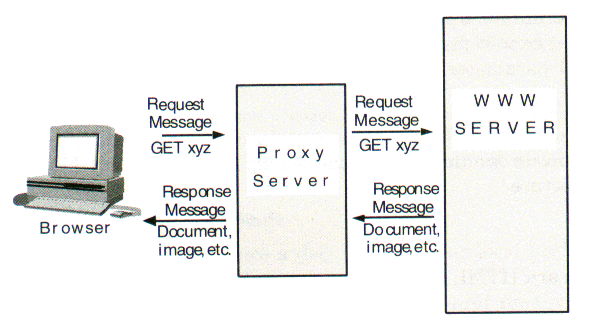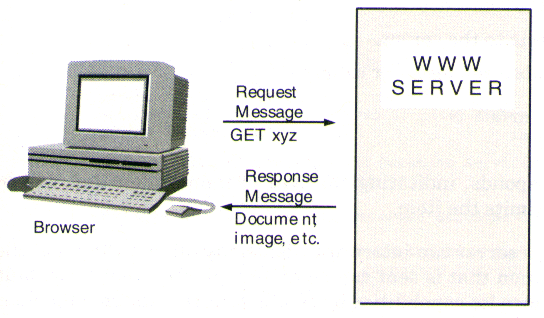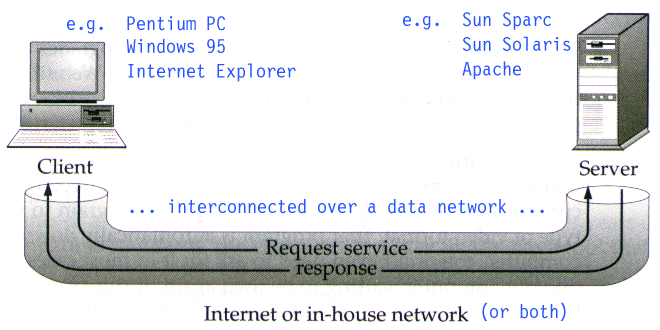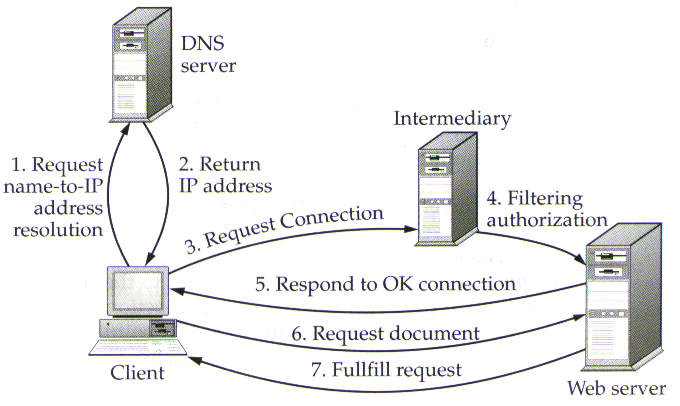When you type a URL in the Address field of a web browser to access a new site, the name must first be converted into an Internet (IP) address.
The browser creates a query for the DNS server and submits it on the Internet.
The query is sent to the nearest DNS server for resolution.
If the DNS server doesn't know the address, it will send the query to another DNS server further up the hierarchy.
Once a server is found that can resolve the name, an IP address is sent back to your browser.
Now the IP address goes into a connection request TCP packet along with the IP address of your computer, so that the destination server doesn't have to do another DNS lookup.
The packet is sent out over the internet where it hops from router to router until it reaches the destination server.
At this point, the packets may need to pass through an intermediary, such as a proxy server, a gateway, or a firewall.

Filtering is done based on the source IP address and the type of service being requested.
If the intermediary authorizes the packet, it is sent to the server, which then directs it to an appropriate port.
Assuming the packets are accepted, the server builds connection response packets to return to the browser.
Now the browser has link to the server, and the remainder of the URL, if any, is processed.
After the server completes its transmission, it takes down the connection.
If the user clicks a hyperlink on the page, a whole new connection is established (although a DNS address lookup may not be required).



 Back to the ELNC1221 Page
Back to the ELNC1221 Page